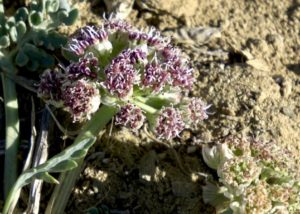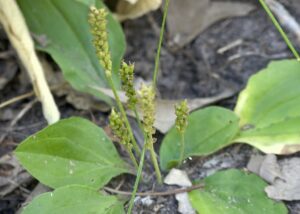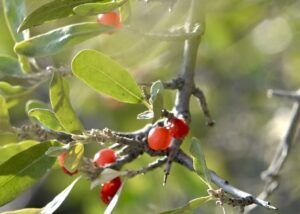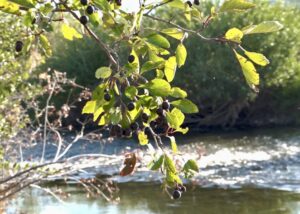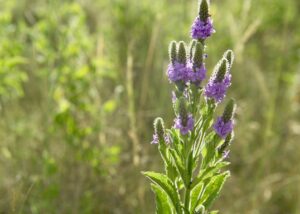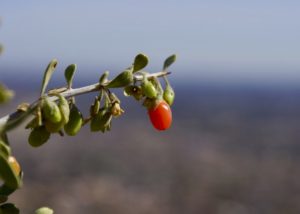Habitat
Mountain, PrairiePlant Uses
fever, food, induce vomiting, make flutes, rheumatic/arthritic symptomsVideo Presenter
John MionczynskiElderberry
(a.k.a. blue elderberry, elder)
The fresh berries of the elderberry bushes were eaten, but more often the berries were collected by most indigenous peoples and dried for winter use. They were often steamed or rehydrated in stews or simply eaten dried like raisins. The fresh or dried blossoms were also added to stews and soups as a flavoring. Early pioneers and many people today make a fine tasting wine from blue and purple elderberries.
Medicinally the flowers were given to children directly to chew on or as a tea for fever and sore throat. The blue and purple berries and leaves are more potent and used for the same purpose for adults. Many tribes applied the crushed stems and leaves to rheumatic/arthritic joints to relieve pain. Some tribes used the toxic roots to induce vomiting, a part of certain healing practices.
Paiutes made a four-holed flute from the larger stems as did some other tribes.
Side note: The red-berried forms of elderberry were considered poisonous and not used for food or medicine. The red berries should never be consumed!
In this next video, Grant Bulltail talks with John about elderberry, known as kapíliashte to the Crow. Elderberry prefers a wet, shady habitat. It is particularly high in flavonoids.

